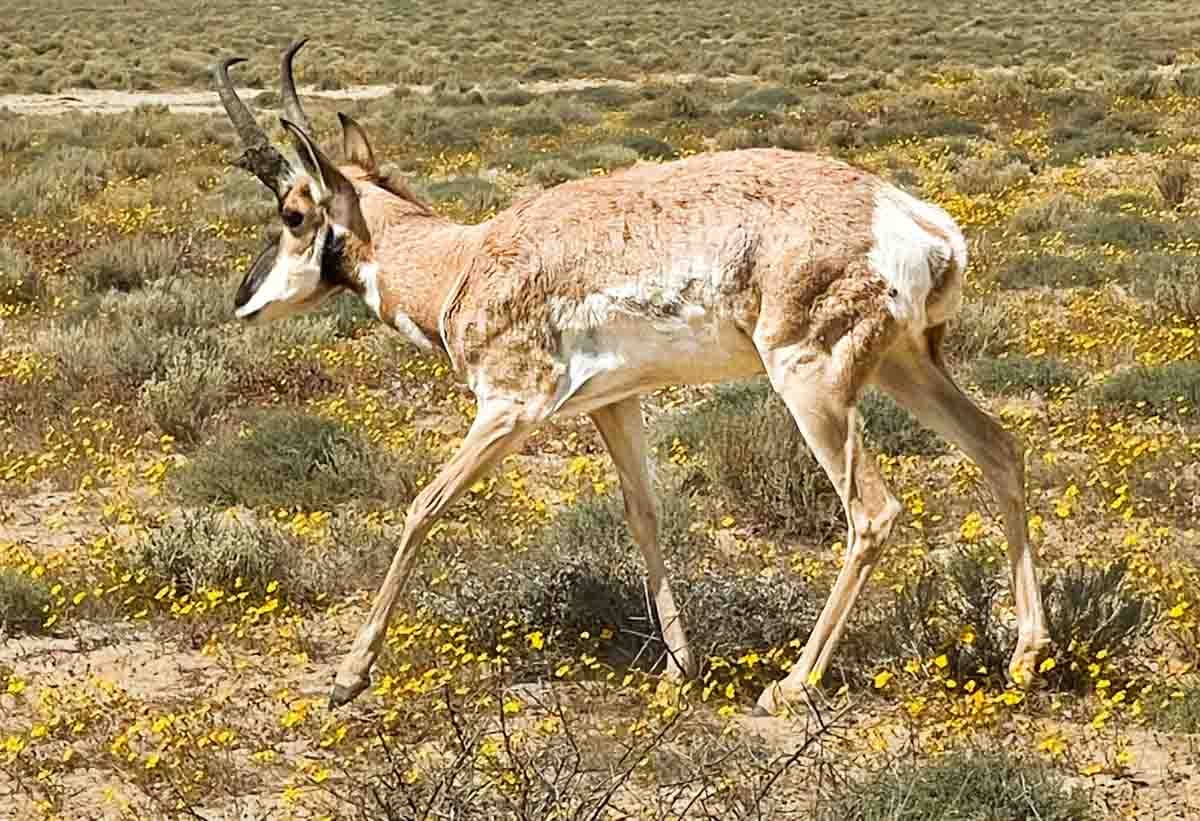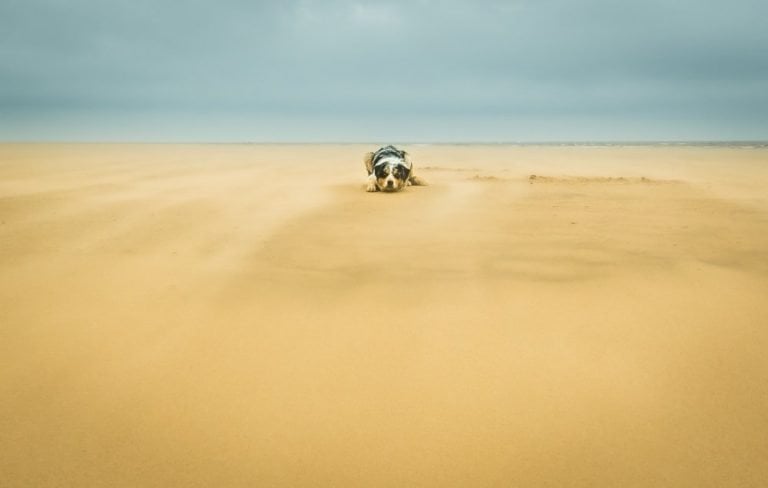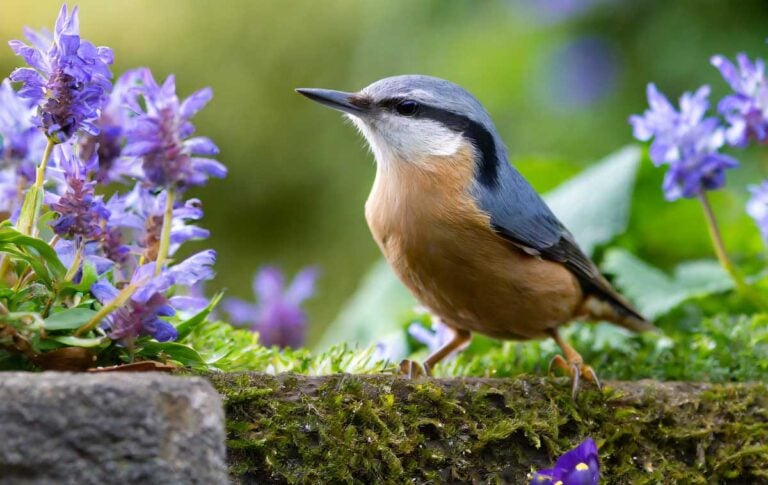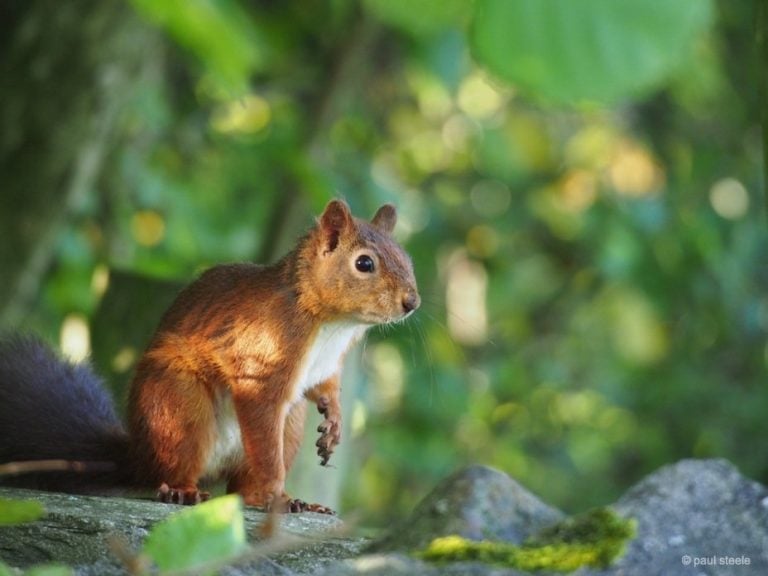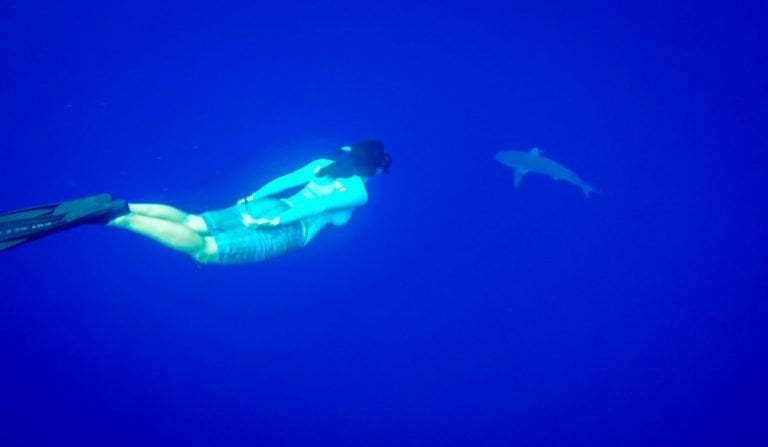On a trip to Baja California, Mexico, my plans to go out on a small boat were stymied by blustery winds. As usual, making changes thanks to the weather can bring unexpected adventures, and that was exactly what happened on this day.
While initially disappointed, I found myself on a fascinating visit to the Peninsular Pronghorn Recovery Program, just north of the town of Guerrero Negro, in the state of Baja California Sur, Mexico.
I was familiar with pronghorn antelope from the western United States, but I did not know that another subspecies of pronghorn, the Peninsular, or also named the Baja California Pronghorn, is native to the Baja peninsula.
I also had no idea that there are four subspecies in total, including the Mexican, and the Oregon. Serendipitous exploring is a great perk of traveling. There is so much to experience beyond my initial plans for any trip.
Arriving at the Center
Just north of Guerrero Negro, a dirt road leads to the Center from the main highway. Less than a mile of mindful driving brought my friends and I to a gated and fenced area. A call ahead ensured that we knew where to park and that a waiting guide would show us around.
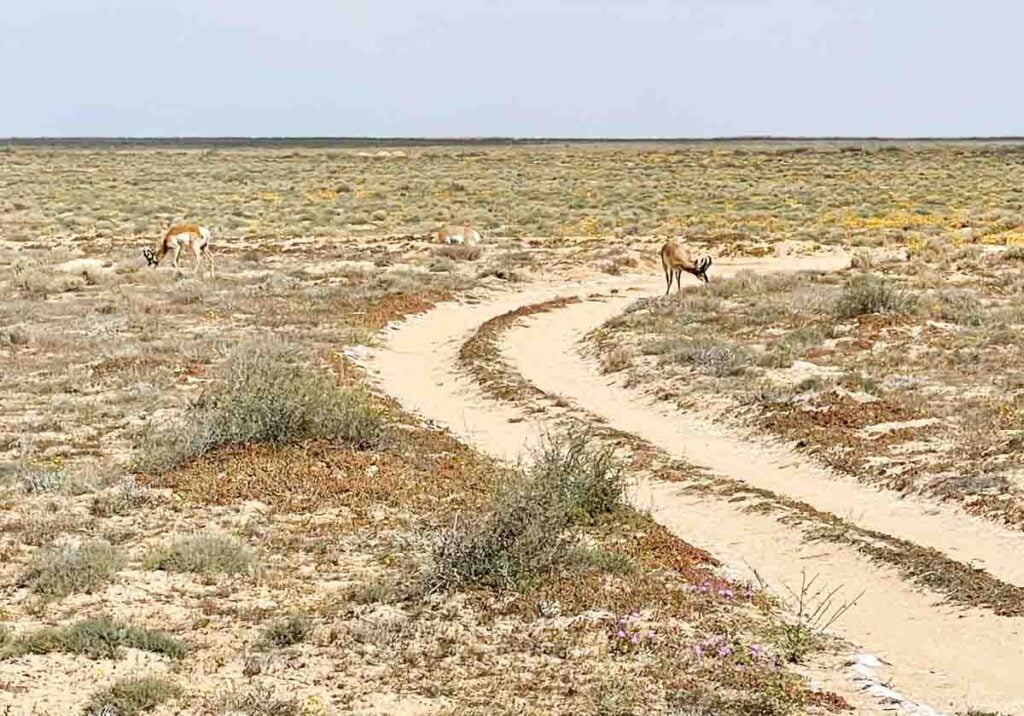
In this desert ecosystem, there are wide open spaces and even the fencing around the center became hard to see as it receded into the distance. The open sky is the dominant feature here.
As we walked to the main building, several male pronghorns were grazing in the large enclosure, and I quickly realized they were perfectly camouflaged in this ecosystem.
While I quickly noticed the one pronghorn on a service road, it took another guest pointing out the other two males nearby before I even saw them.
Despite their being closer than I had ever been to wild pronghorns, I had not realized they were there. Their coloration enabled them to blend into the visual landscape perfectly.
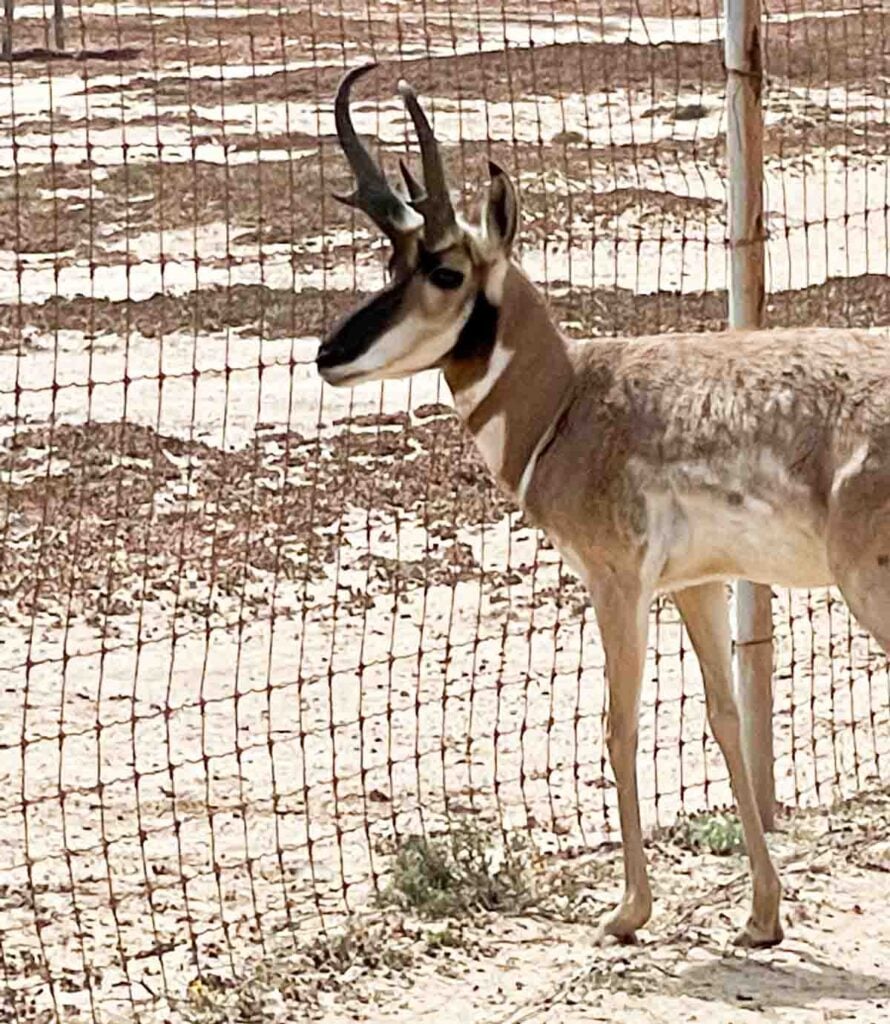
Looking closely at the male pronghorn, the color pattern is quite distinctive, and it is only when they are out in their natural habitat that they disappear into the desert.
They also show off the long legs and strong bodies that make them the fastest land animal in the Americas. When a burst of speed is needed, a pronghorn can move at 55 mph for up to half a mile and can sustain speeds of nearly 45 mph for longer distances.
The Recovery Center has an enormous fenced-in area with “animal only” entry points narrow enough for the pronghorns to enter while keeping cattle out.
The males stay in that larger area, and the presence of the females in smaller pens tends to keep males from leaving the area. Happily, that also means that visitors can get a close look. Pronghorns’ heads are topped with remarkable horns which have an inner core.
Unique for a horned animal, there is an outer sheath that they shed annually. Males’ horns are quite prominent, while females’ horns are much less noticeable.
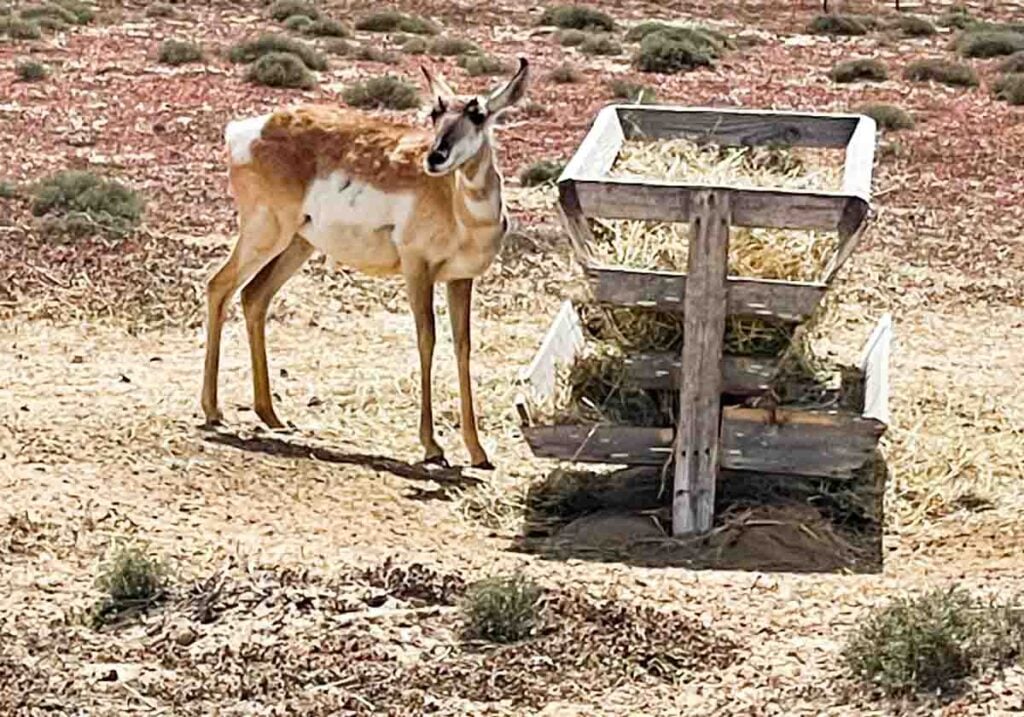
In the center of the larger fenced area, there are 40, smaller one-acre pens where females and their young have access to additional food and enhanced protection. The smaller pens have “hot” wires around the bottom to keep coyotes and dogs out while the fawns mature.
Baja California Pronghorn Recovery Program
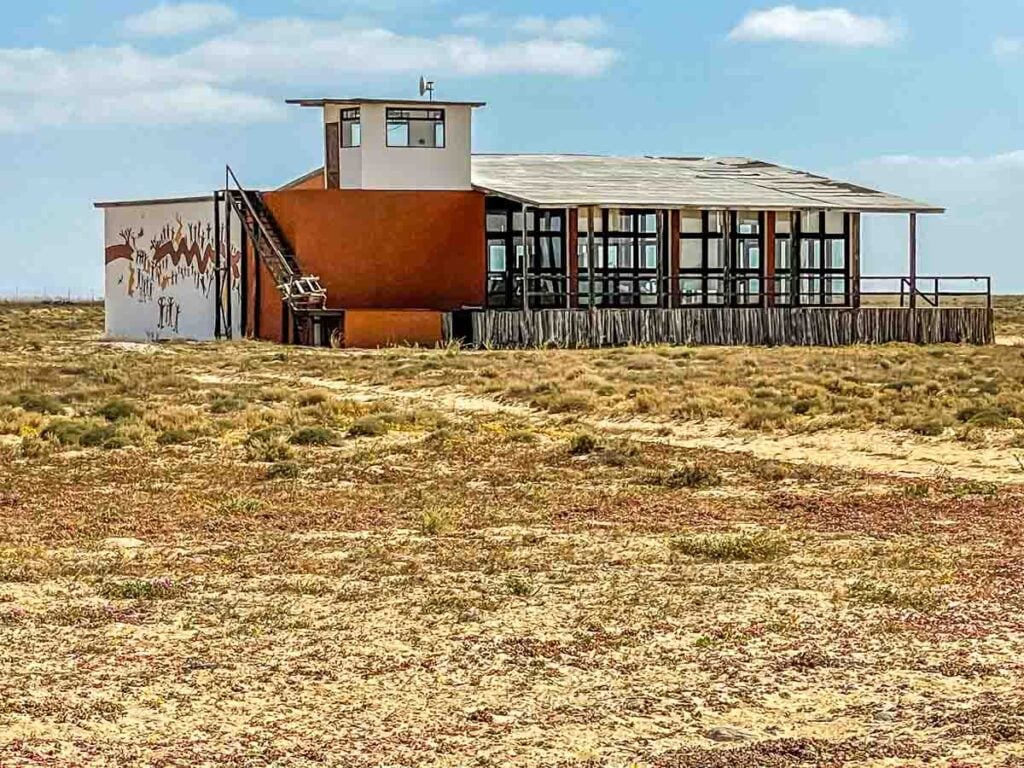
The Peninsular Pronghorn Recovery Program was started in 1997, when the population of pronghorns dropped to 170 individuals.
Concerns with not only the loss of this species but also with their needed impact in the ecosystem brought serious attention to the drop in population. Working with a variety of partners, the Recovery Program was launched, initially as an effort to recreate or re-establish pronghorn habitat and support a breeding program.
To date, the program has increased the number of peninsular pronghorns at the breeding center to more than 500, with about 100 new fawns born annually.
According to the information provided in the visitor’s center, these efforts have pulled the species from the brink of extinction, but ongoing support is needed.
A small number of pronghorns bred at the center have been sent to partner zoos as an assurance population. For example, there now are 40 Peninsular pronghorns at the San Diego Zoo. The goal continues to be the reintroduction of these animals to their home range.
In 2000, the partnerships were formalized in a consortium led by the Mexican NGO, Espacios Naturales that includes the Los Angeles Zoo, the Living Desert Zoo and Gardens, and the San Diego Zoo Global. Together, they continue to work toward additional conservation efforts.
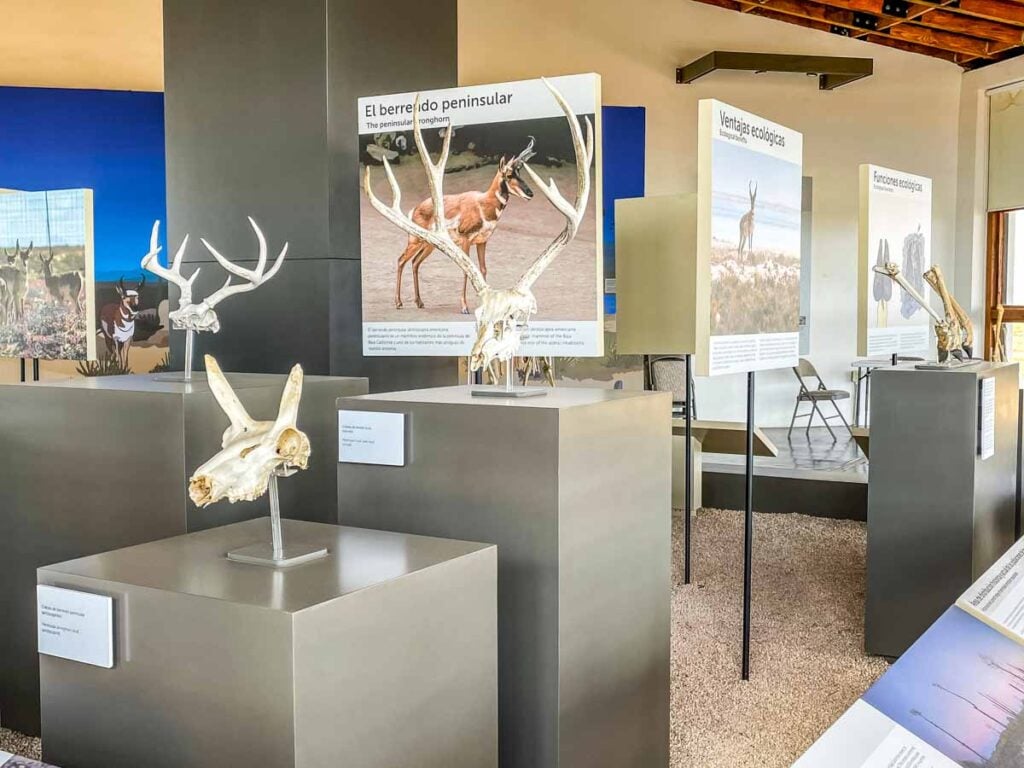
The Recovery Program also has a visitor’s center and museum to share information with visitors which is staffed by scientists and graduate students who share their knowledge.
The main exhibit space for the Recovery Program was a welcome spot for helping me to “look again” at the animals and landscape I was visiting. Signage in the museum shared information in both English and Spanish.
Enhancing Conservation Efforts

Along with well organized and informative displays about the pronghorns, the Recovery Program Visitor’s Center and Museum includes detailed explanations for the fencing techniques and operations at the Center.
The Consortium’s next step beyond the fenced breeding area started in 2022, when eight pronghorns were fitted with solar-powered, GPS-enabled radio collars.
They were then released in the nearby El Vizcaino Biosphere Preserve. If all goes well, the collars will send the antelopes’ location to a satellite every fifteen minutes for three years, providing data up through the end of 2024.
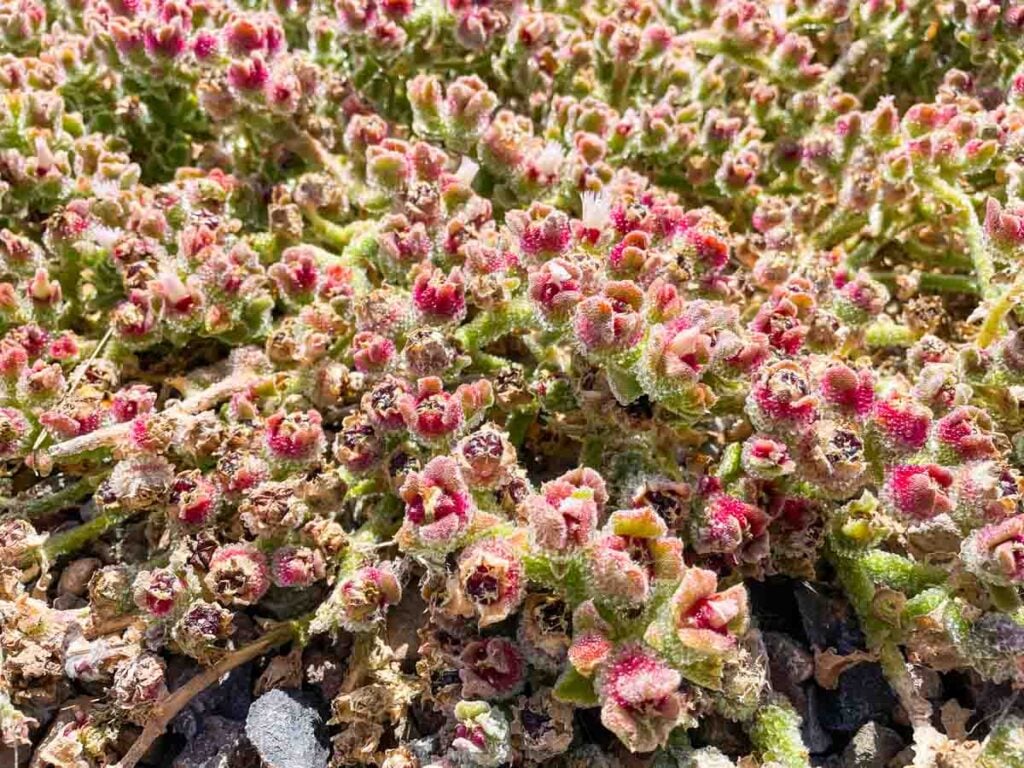
The Center also hopes to inform guests, both local and from a greater distance, about the need to re-establish indigenous plants and animals in the desert. One example of an invasive plant species is Iceplant (Carpobrotus edulis).
It was introduced in the early 1900s as a ground cover to stabilize and remove salt from soil. However, it spreads incredibly easily, and once established it grows a thick mat that prevents native plants from thriving. It also changes the soil composition.
It is hoped that more Pronghorns on the land will help to reduce the impact of invasives. Pronghorns leave the imprints of their hooves in the soil, which provide native plants and small creatures with a place to shelter from the wind and sun.
Peninsular pronghorns have special adaptations to this landscape. As I watched three males graze, I was able to see that they were interested in the roots of plants, rather than the tough upper structures.
The graduate student from the Center explained Peninsular Pronghorns’ preferred meal was not the top of the plant, and when digging those roots up, they provide spaces for seeds and small animals to access the soil below.
Coast Horned Lizard
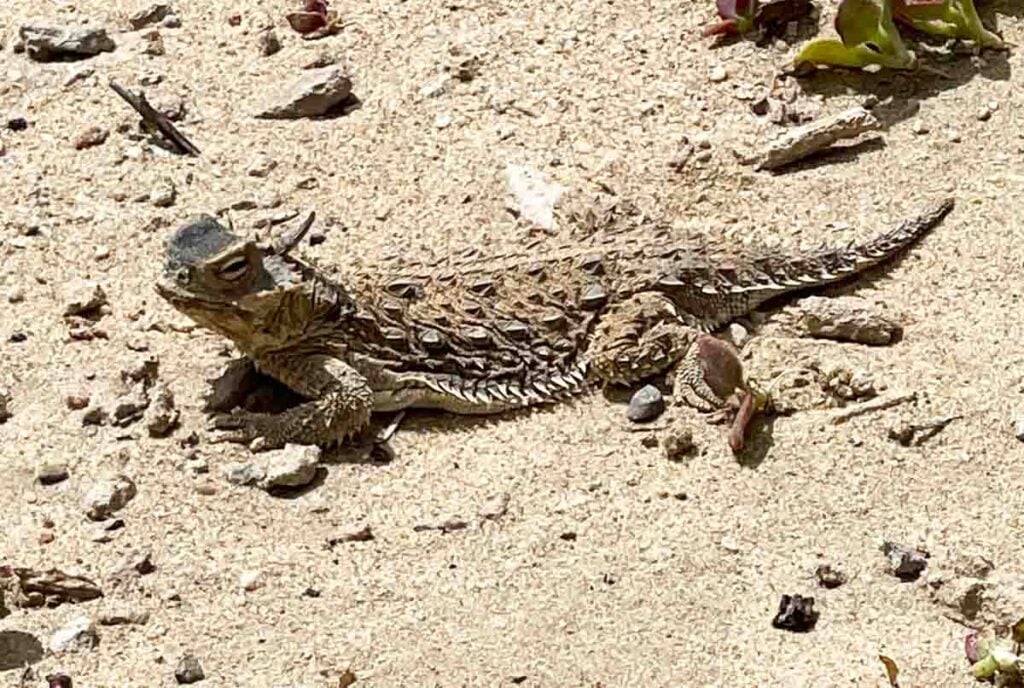
As we ended our visit and headed back to the parking area, one of my friends pointed out a little lizard at my feet. It was only a couple of inches long.
I had not even noticed it. A Coast Horned Lizard was stretched out flat over the sand, motionless despite my tromping nearby. Once it was pointed out to me, I realized there were four more nearby.
I was learning the more we took the time to look, the more we were learning to see in this vast landscape around us.
Escorted to the Gate

One curious male pronghorn escorting our group back to the main gate. He stayed well out of reach but paralleled us as we walked. What a rare treat it was to see these animals in their natural environment.
You may also like:

